
A Guide to CIP Dryer & Clean-in-Place Systems
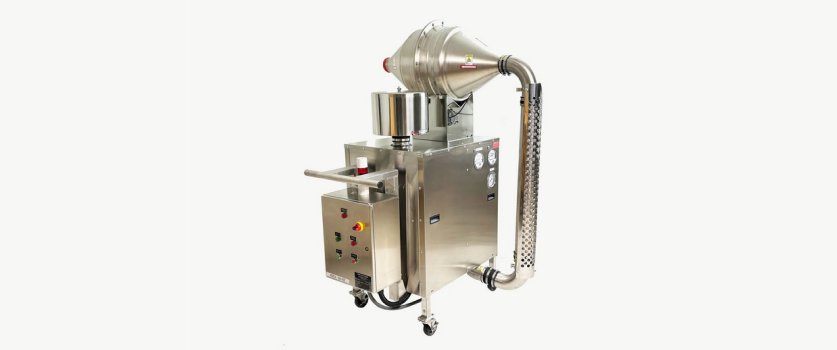
"We were losing 4 hours per CIP cycle waiting for our mixing tanks to evaporate dry. Compressed air was expensive, inconsistent, and loud. After three different 'solutions' from other suppliers failed to solve the problem, we called Sonic. Now we're getting complete drying in 15 to 30 minutes for a variety of tanks, mixers, blenders, and totes with significantly less energy consumption. The payback was 8 months, and we've eliminated the moisture-related contamination issues that were causing batch delays. I wish we'd found this technology five years ago."
-From a Process Engineer at a Major Food Processing Facility
This engineer's experience reflects a challenge that process engineers encounter daily across food processing, pharmaceutical manufacturing, and chemical production: Clean-In-Place systems excel at removing contaminants but leave behind the one substance that can undermine everything—water.
The Problem Everyone Knows But Few Are Able to Address
Since the 1950s, Clean-In-Place technology has revolutionized industrial sanitation. What began in dairy processing now drives automated cleaning protocols across industries where contamination control determines product quality and regulatory compliance. Yet despite decades of advancement in cleaning chemistry and process controls, one fundamental issue persists: CIP achieves 99.99% contaminant removal but can leave up to 100% of the surface moisture behind.
Every additional hour of drying downtime costs thousands of dollars in lost production capacity. Residual moisture becomes a vector for bacterial growth, a source of product dilution, and a catalyst for costly product quality rejects. Meanwhile, the compressed air systems most facilities rely on consume 3-5 times more energy than necessary while delivering inconsistent results. Sonic Air Systems has documented solutions that achieve 75% energy reduction with consistent drying performance.
Where Water Hides: The Engineering Reality
Understanding why conventional drying methods fail requires examining where moisture retention actually occurs. Complex geometries create the biggest challenges:
Spherical tank heads retain moisture across surfaces even after extended drainage. Mixing vessel or blender internals create retention zones around baffles, paddles, mounting points, and agitator shafts. CIP piping networks present systematic retention challenges where standard 1-2% slopes don’t always provide draining of viscous cleaning solutions.
The most difficult areas to see or confirm that your drying standards are achieved are valve seats, ferrule connectors, bearing cavities, and hinge points. Having a dryer that distributes hot air is the solution to these areas.
A typical 1000-gallon mixing vessel or blender retains surface moisture after standard CIP drainage. For pharmaceutical applications, even 0.1% residual moisture represents a potential for new batch rejection. Many processing facilities must weigh the costs of necessary cleaning and drying cycles and production downtime thereof versus the cost of additional redundant blenders, tanks, and totes to accommodate required cleaning and drying time. Although the CIP cycle is very difficult to shorten, the cost justification for equipment to cut the much longer drying cycle by 75% or more adds direct bottom-line results.
Why Compressed Air Systems Fail
Most facilities default to their “4th utility”, i.e., compressed air, because it is always available to blow water away. Compressed air systems typically operate at 80-120 PSI, requiring 25-100 HP compressor loads for a 1000-gallon vessel drying.
The fundamental problem is physics. High-pressure air blowing at or below ambient temperatures provides inconsistent and lengthy surface moisture removal. Areas around complex geometries receive inadequate air contact, while other surfaces may receive redundant drying. Energy consumption costs across the U.S. range from approximately 10₵-25₵ per kWHR, making typical drying cycles expensive in both direct energy costs and more frequent compressor maintenance. Today’s use of GMP (Good Manufacturing Practices) for cleanliness validation eliminates the prior subjective standards for how DRY IS DRY.
But the real issue is inconsistency. Compressed air performance depends on operator technique, nozzle positioning, and air pressure stability due to multiple demands for compressed air. Results vary between shifts, operators, and equipment conditions. The cleanliness and dryness of compressed air require further investment. For process engineers managing validation requirements, this variability creates documentation and compliance challenges.
The Engineering Solution: Hot Air Blower Technology
Since 1990, Sonic Air Systems has engineered centrifugal blower technology specifically for post-CIP drying applications across all industries. Sonic’s approach reverses conventional compressed air logic: instead of fighting physics with high pressure, heat-of-compression technology works with the thermodynamic principles of forced convective drying, now the industry’s proven choice.
The fundamental advantage is energy efficiency, which is achieved by rapidly accelerating the natural evaporative process. Blowers produce adiabatic compression, generating 160°F temperatures without external heating elements. This heated air, delivered at optimal pressures, provides many times the mass flow rate of compressed air systems while consuming up to 75% less energy.
DRY-IN-PLACE® Tank Mixer Blender Tote Dryer System Performance
Sonic's patented DRY-IN-PLACE® systems operate across power ranges from 7.5 to 50 HP, delivering air temperatures between 150°F and 275°F of pressurized hot air. Equally important to Sonic's forced convective tank drying technology is the high flow in-line HEPA filter ensuring a 0.3 micron/99.97% efficiency/MERV 17 air quality rating. Blender, mixer, tank, and piping drying works best at a constant 160°F Air.
- 4X/4 Times energy reduction compared to compressed air systems
- Complete drying in 15-30 minutes for the most common vessel configurations
- Operator 5-minute hookup and disconnect of dryer with no labor during drying
- ROI within 6-12 months across most applications
- GMP (Good Manufacturing Practices) by many users, ensures cleaning validation through coupon swab testing
A typical 10 HP Sonic system replaces work requiring 40+ HP in compressed air systems for equivalent applications. Operating costs drop from $15-25/hour for compressed air to $6-12/hour for equivalent Sonic systems, together with a fraction of total drying time.
Real Customer Results: When Others Failed
Nutraceutical Processing Success
A major nutraceutical manufacturer contacted Sonic to solve moisture retention in 2000-gallon mixer blenders. The facility's CIP protocol required a 1-hour drain cycle of mixer blender and connected pipes, followed by 3 hours of cold compressed air drying, totaling 4 hours of downtime per cleaning.
Sonic's solution eliminated the problem entirely. The DRY-IN-PLACE® 160°F air technology reduced total drying time to < 30-minute cycles, representing an 83% time reduction. Energy consumption dropped from 180 kWh to 12 kWh due to the much shorter drying cycle while achieving consistent moisture removal that eliminated quality control delays.
Major Food and Beverage Applications
Sonic Hot Air Drying systems serve the world's top producers of food, flavors & fragrances, pharmaceuticals, and chemicals. The drying applications span from post-CIP tank mixer blender totes drying, 3-piece can drying, bottle drying, to produce packaging, and a wide array of direct food and food contact surface blow off and drying.
Return on Investment: The Financial Reality
Sonic systems consistently achieve an ROI within 6-12 months across most applications. Sonic’s turn-key DRY-IN-PLACE® installations achieve most of their paybacks for facilities based on increases in batch production rates.
Annual operating advantages include:
- Energy consumption reduction: 75% savings
- Labor efficiency improvement: 85% time reduction
- Maintenance cost reduction: 60% savings
- Production capacity increase: an average of 15-25 additional batches monthly
- 160°F pressurized air ensures: 100% drying of the hard-to-reach areas.
Technical Authority and Industry Recognition
Daniel J. VanderPyl, Sonic Air Systems, Inc. President and CEO and Co-Founder, blower and air knife inventor, and author of the "Drying" Chapter in the "Handbook for Critical Cleaning" Second Edition, published by Routledge Academic Publishers. This industry-standard reference establishes Sonic's expertise beyond marketing claims—it represents peer recognition in technical literature.
The handbook contribution builds on magazine articles, including the foundational "Clean in Place is Not Clean Until It's Dry" published in industry publications.
Application Engineering: Beyond Standard Solutions
Process engineers contact Sonic whenever conventional approaches to drying and other blower applications have failed. Common Dry-In-Place scenarios include:
- Pharmaceutical mixing vessels (mixer blender tote) where moisture variability causes batch holds and quality control delays
- Food processing tanks and pipes where extended drainage creates production bottlenecks
- CIP piping, pumps, and valves must be dried as quickly as tanks, mixers, blenders, and totes
- Tank farm drying with central hot air blower integration
- Chemical processing equipment where corrosive residues complicate moisture removal
- Complex geometries, including ribbon blenders, cone mixers, and vessels with extensive internal structures, where Sonic's air knife technology provides engineered solutions
- Housekeeping where hand-held large flow nozzles are needed for rapid external equipment and floor drying
Every application requires a specific analysis of vessel geometry, CIP circuits, production considerations, and operator interface. Sonic provides a comprehensive technical evaluation, including facility assessment, CFM calculations, custom air piping design, and ROI analysis.
Conclusion: Engineering Solutions That Actually Work
The choice between accepting inefficient drying methods and implementing hot air blower technology ultimately comes down to engineering philosophy. Process engineers who cannot tolerate long or ineffective drying cycles must implement technology that solves the problem.
The engineering evidence is clear: Hot Air Blower technology delivers documented 75% energy savings, 80%+ reduction in drying cycle times, and consistent moisture removal performance that supports regulatory validation requirements. More importantly, it works where other solutions have failed. View additional customer case studies demonstrating successful implementations across industries.
Hot Air Blower technology excels when:
- High-value production makes downtime expensive
- Regulatory requirements demand consistent, documented performance
- Energy efficiency targets require measurable improvements
- Complex geometries challenge traditional drying methods
- Previous solutions from other suppliers have failed to solve the problem
- GMP requires cleaning validation testing
Engineering Partnership and Technical Support
Every CIP drying challenge presents unique variables requiring comprehensive analysis. Sonic Air Systems works as an engineering partner, not just an equipment supplier. Our technical team provides thorough application evaluation, custom system design, integration support, and long-term performance optimization.
The difference is simple: we solve the moisture retention problem instead of managing it.
Contact Sonic Air Systems Engineering for application-specific consultation and technical evaluation of your current drying challenges.


.JPG)
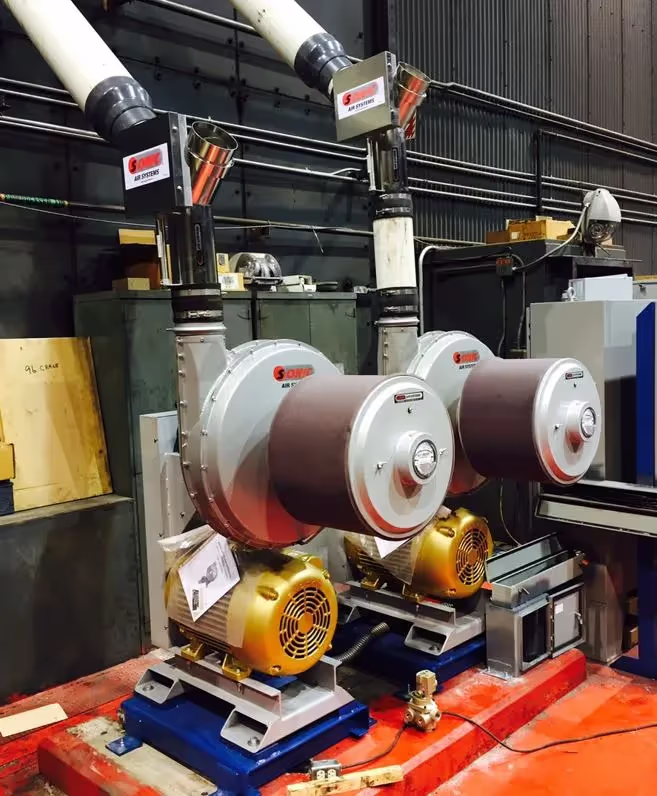
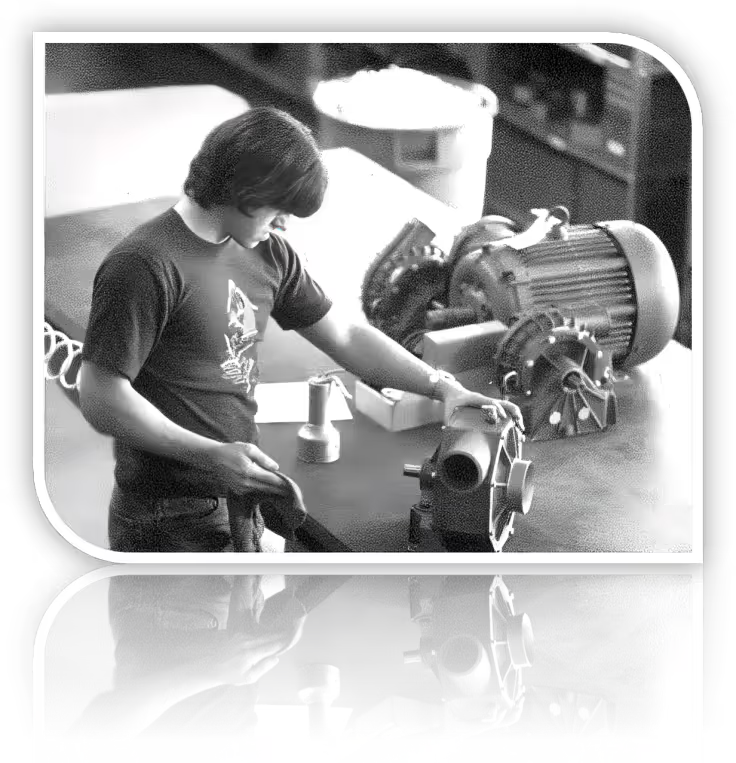
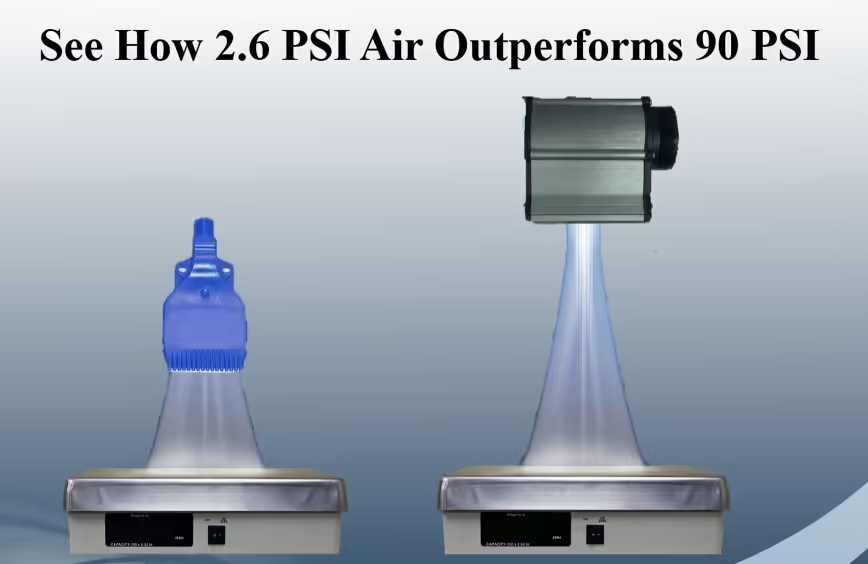
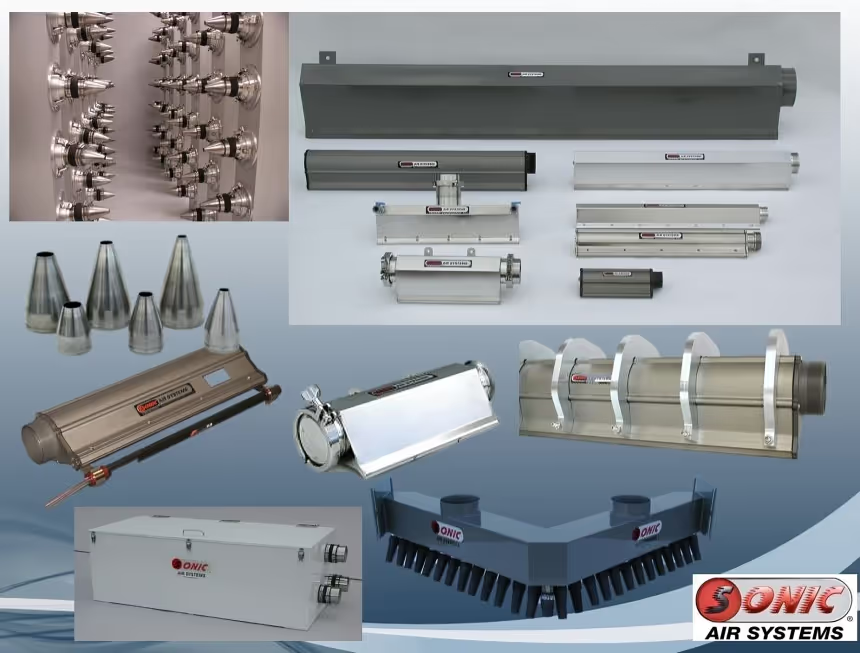
.avif)
%201.avif)